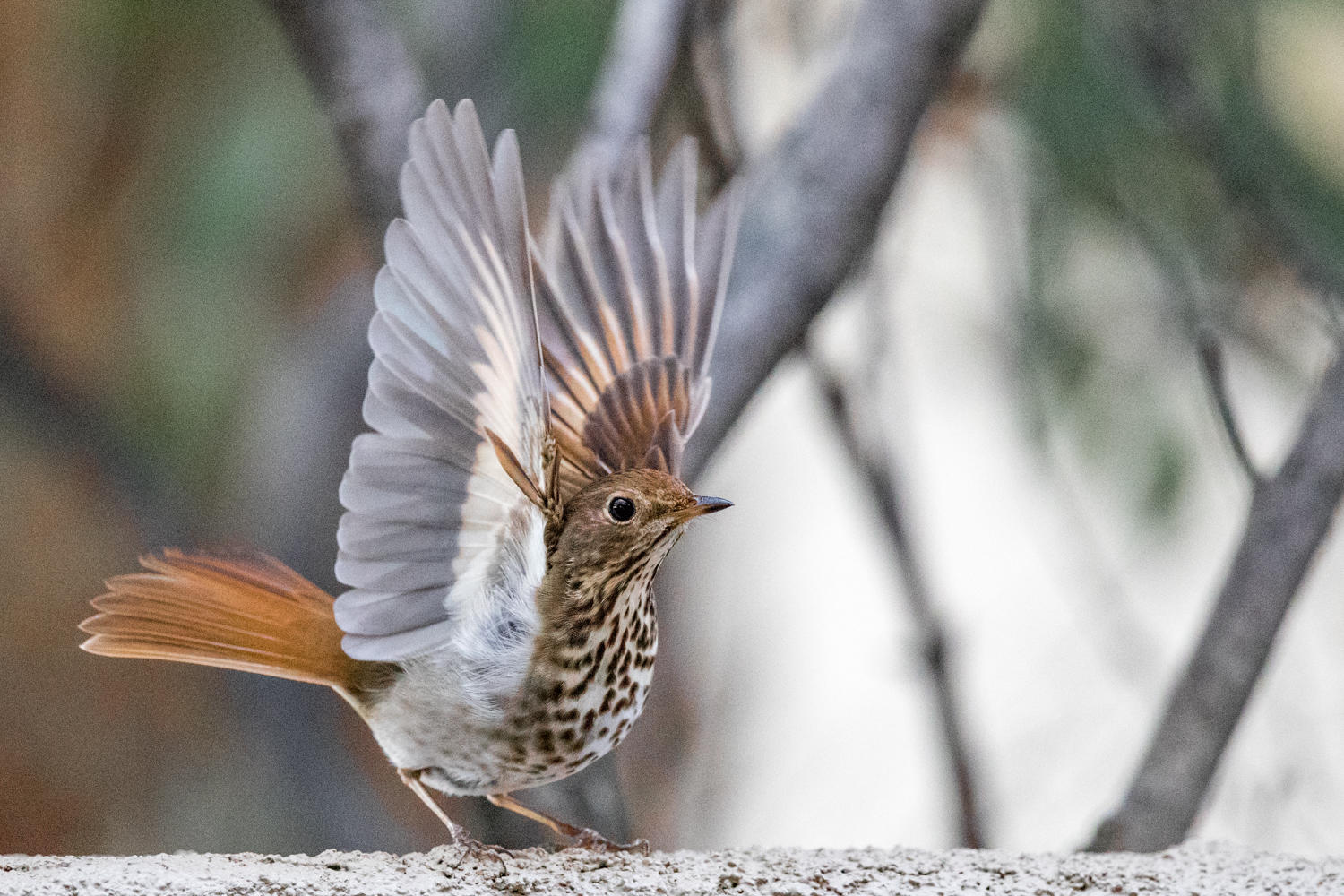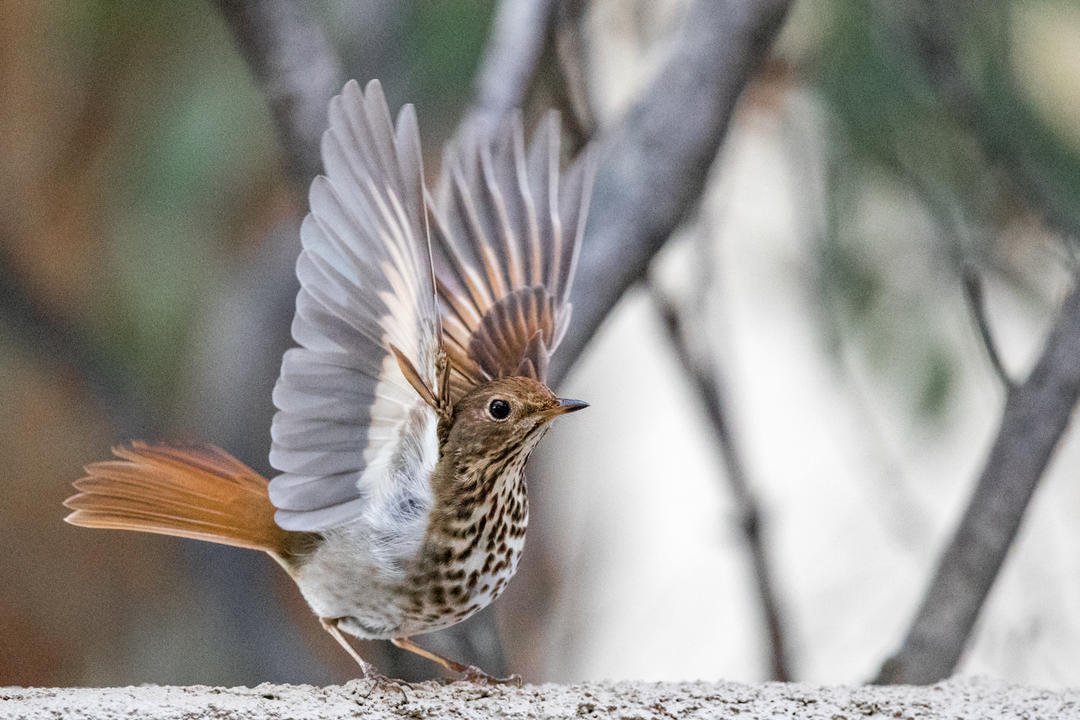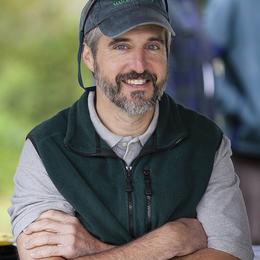Audubon Vermont recognizes that climate change is the biggest threat facing birds today, and that we must act now to reduce carbon pollution. Today, we are joining in Energy Independent Vermont’s call for carbon pricing as a positive step in addressing the climate crisis and a proven method of reducing carbon pollution.
“Placing a price on carbon recognizes that the broader costs of fossil fuel use are not captured in the price we pay, and can be structured to allow people to afford the shift to clean energy sources,” said David Mears, executive director of Audubon Vermont. “Investing in clean energy means investing in a renewable energy economy, keeping Vermont dollars in Vermont and strengthening our farm and forest economies.”
Throughout history, birds have been indicators of human and environmental health. Canaries were used in coal mines to detect fatal carbon monoxide to ensure mines were safe for humans. Eagles were among the first to let us know the detrimental effects of DDT. Now, it is time to acknowledge how birds are responding to a shifting climate.
Audubon’s groundbreaking Birds and Climate Change Report revealed how rising temperatures influence the ranges of 588 North American bird species, discovering that 314 species are threatened or endangered by a changing climate. In Vermont, 50 species of birds are at risk.
Birds have specific sets of environmental requirements governed by climate, and during the past 50 years, more than 60 percent of wintering North American bird species have shifted their winter ranges northward. Soon, they may have nowhere left to go.
Vermont’s state bird, the Hermit Thrush, is one key species at risk. It is more likely to appear in the Green Mountain State only in the winter as the 21st century progresses. This is a complete reversal of its usual behavior of only spending the summer in Vermont. With warming temperatures, the state bird will be forced to find suitable habitat in Canada for the winter months.
The cost of inaction is unacceptable. We cannot stand by while birds, as well as people, already feel the impact of this environmental crisis. The most important way to avert the worst impacts of climate change is to reduce carbon pollution as soon as possible. And, the benefits of carbon pricing have been demonstrated by our neighbors in Quebec and through Vermont’s own participation in the Regional Greenhouse Gas Initiative.
“The futures of birds and of people in a warming world are intertwined. When birds thrive, we all thrive. Let’s take action now for future generations of people and birds,” Mears said.
Energy Independent Vermont
Energy Independent Vermont is a broad coalition working to strengthen the Vermont economy, prioritize the most vulnerable and reduce climate pollution. www.EnergyIndependentVT.org







